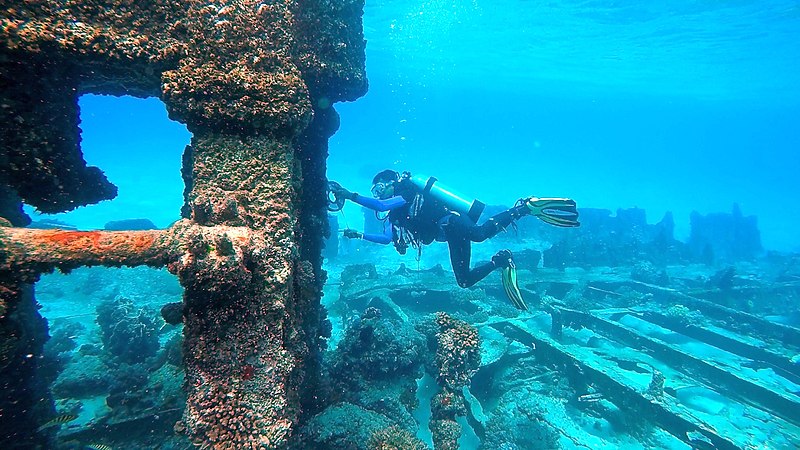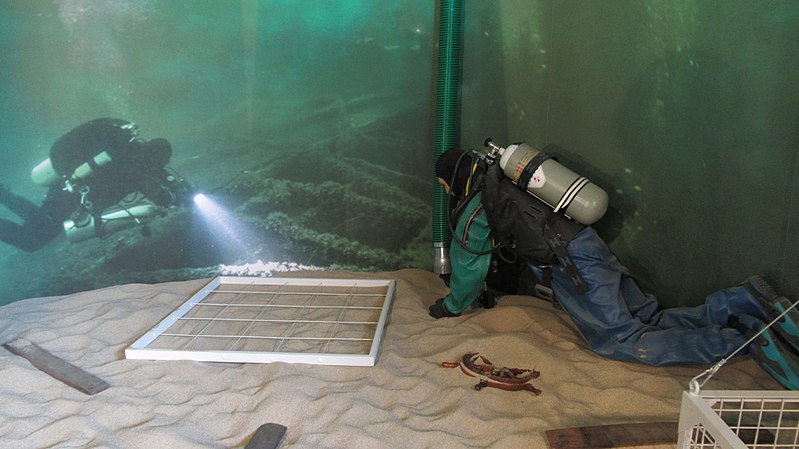7481 Woodbine Ave #203, Markham, ON L3R 2W1 (647) 806-8188
Copyright © 2021 CondoTrend. All rights reserved.

Underwater archaeology is the study of ancient sites discovered under the surface of seas, rivers, lakes, and the shoreline. In addition to shipwrecks, underwater archaeologists research submerged aboriginal sites such as fish weirs and middens, as well as sunken airplanes and other submerged cultural heritage elements. Underwater archaeology employs the same methodologies and fundamentals as archaeology conducted on terrestrial sites. Archaeology is the study of artifacts, buildings, and characteristics in order to recreate and explain the former lives of humans. However, underwater archaeological fieldwork is more difficult than terrestrial archaeology since it is conducted in a more difficult environment.
Underwater productivity requires the use of specialized methods and equipment. Staying warm during lengthy dives is a continual issue, hence underwater archaeologists often wear full-face masks, dry suits worn over layers of warm clothing, or, in situations when the water is particularly cold, such as the dig in Red Bay (Labrador), wet suits equipped with a hot water flow. Dives utilize underwater communication equipment to communicate with persons on the surface or other divers. The removal of sediments from underwater areas necessitates the employment of specialized equipment, such as suction airlifts and tiny dredges. Underwater recording provides its own unique obstacles. Notes and sketches are made on special underwater paper, while picture and video cameras are enclosed in watertight housings.
Remote-sensing surveys utilizing geophysical methods, diving surveys to discover and map sites, site monitoring, and excavation are all components of underwater archaeological fieldwork. The effectiveness of an underwater archeological project relies on the accuracy of all procedural documentation. Due to the irreversible removal of artifacts and other physical evidence from their original settings, excavation necessitates especially accurate mapping and documentation. Archaeologists hope to be able to rebuild the whole site from the field recordings they collect.
The underwater archeology of pre-contact Native American and European sites is beset by formidable obstacles! The nature of the bones makes it often difficult to locate these places. However, the potential for new understanding in these sorts of underwater places is huge.
Europeans use the country’s abundant rivers, leaving infrequent remnants of their passing. As they traverse this vast country, they encounter its first inhabitants. The history of European exploration includes their encounters with the First Nations of Canada. When battles are announced in Europe, colonies already experiencing trade pressures feel the shockwave. One of the key goals of each adversary is thus to shut off the opponent’s supply channels. It is thus not unexpected that the oceans and rivers of Eastern Canada, which are essential for transportation and communication, contain a significant number of remnants from the past wars.

The underwater archaeology of nineteenth- and twentieth-century locations often yields stunning artifacts. The growth in marine traffic has resulted in several sail and steam vessel collisions. Frequently, the cold water of the land (especially when fresh, as in the Great Lakes) has kept ships in an exceptional condition of preservation.
7481 Woodbine Ave #203, Markham, ON L3R 2W1 (647) 806-8188